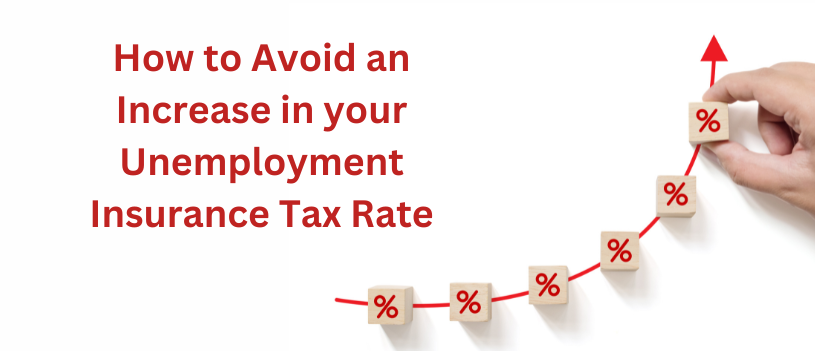The UI tax was established as part of a national program administered by the U.S. Department of Labor under the Social Security Act which provides temporary payments to individuals who are unemployed through no fault of their own.
This tax is paid by the employer and is a percentage of income up to the maximum wage limit which is determined by each state. In California, the rate is a maximum of 6.2% on the first $7,000 of wages whereas in Nevada, the maximum is 5.4% up to the wage limit of $26,400.
How can you avoid paying additional payroll taxes due to benefits paid to employees?
- Properly screen prospects when hiring to make sure they are qualified for the position
- Document all situations in writing when they do not meet the standards, allow improvement, and have them sign that you have discussed the situation with them.
- Find another area in your business where they can succeed if they are not able to handle the position they are currently holding.
- Make sure that if terminating due to misconduct you have enough evidence to support your claim (multiple written reprimands, or any other documentation that supports your position)
- When an employee files a claim and you feel they are not entitled to benefits, respond to the notification within the time limit given and include all supporting documentation to prove your position.
If you follow these guidelines, you’ll have a better chance of paying a reduced UI rate on employee wages which can be a huge savings over the years!
